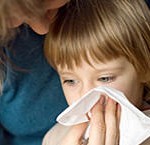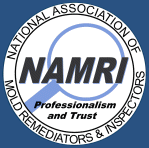Black Mold and Your Health
How can mold affect humans?
Although not all molds are bad, molds and fungi can have serious health effects on certain people to varying degrees. The number and nature of these effects are far from certain, however those sensitive can be affected by some of the following:
- Nasal and sinus congestion
- Hayfever
- Sore throat and hacking cough
- Headaches, rashes and eye irritations
- Aches and pains
- Diarrhea, Fever
- Immune suppression
- Loss of cognitive memory
- Chronic Fatigue
- Ring worm, athletes foot, thrush
What makes molds grow in my home?
Mold enters your home as tiny spores. The spores need moisture to begin growing, digesting and destroying. Molds can grow on almost any surface, including; wood, ceiling tiles, wallpaper, paints, carpet, sheet rock, and insulation. The mold grows best when there is lots of moisture from a leaky roof, high humidity, or flood. There is no way to get rid of all molds and mold spores from your home. But you can control mold growth by keeping your home dry.
Can I be exposed to mold?
When molds are disturbed, they release spores into the air. You can be exposed by breathing air containing these mold spores. You can also be exposed through touching moldy items, eating moldy food or accidental hand to mouth contact.
When is mold a problem?
You know you have mold when you smell the “musty” odor or see small black or white specks along your damp bathroom or basement walls.
Mold is often found in areas where water has damaged building materials and furniture from flooding or plumbing leaks. Mold often grows in rooms with both high water usage and humidity, such as kitchens, bathrooms, laundry rooms, and basements. If you notice mould or know of water damaged areas in your home, it is time to take action to control its growth.





